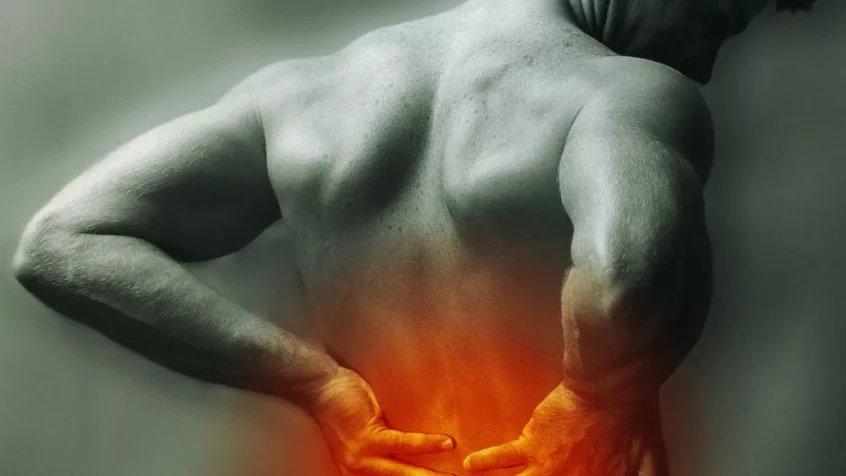Here’s some really interesting research from Pittsburgh University in the US that’s completely changed the way I think about back pain.
Basically it says people who first get physiotherapy or chiropractic care for their lower back pain have shorter episodes of pain.
This research could revolutionise lower back pain treatment.
In America, patients are often prescribed opioid pain medications or referred to specialists for procedures – including surgery, imaging or steroid injections – which don’t treat the causes of their problem.
By combing through nearly 30,000 patient records collected between 2015 and 2018, Dr Christopher Bise, assistant professor at Pittsburg’s School of Health and Rehabilitation Sciences, and his team found significant differences in healing depending on where patients initially sought relief for their acute back pain.
Put simply, people who first sought specialty care (rheumatology, rehabilitation or pain management) were in pain nearly twice as long as those who first had chiropractic care or physiotherapy. Patients who went to A&E were also more likely to have scans and injections.
Additionally, more than half of these patients received opioid pain medications, compared to just 11% of people who had chiropractic care and physical therapy first.
According to the US National Institutes of Health, opioid prescriptions for lower back pain have historically been a driver of the opioid epidemic.
“Opioids and injections are, at best, Band-Aids for acute episodes of lower back pain,” Bise said.
“We need to flip the model on its head, prioritising holistic wellness instead of simply treating the pain.” From this, a more collaborative form of care, called the Programme for Spine Health, was launched in 2019.
In addition to seeing doctors and physiotherapists, patients have access to a health coach, dietician and pain psychologist. Patients with the most complex conditions are treated without surgical intervention, injections or opioids.
“Often patients with lower back pain end up spinning in the system, going from one specialist to another,” said Christopher Standaert MD, who leads the Programme for Spine Health and wasn’t involved in the study.
“Their care costs a tremendous amount of money, but they’re not getting any better.”
This revolutionary research means that new models of US spine care could benefit many in the UK suffering from lower back pain. “How do we get patients to the provider who can end the episode more quickly?” Bise asked.
“Why aren’t physical therapists the primary musculoskeletal provider? Why aren’t we embedded in emergency departments?
We in the UK could learn a lot from this research and better manage both patient pain and resources.

